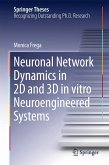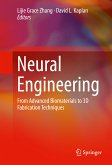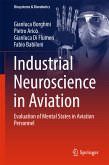The text gives an up-to-date review of the state of the art in cerebral autoregulation, which is particularly relevant as cerebral autoregulation moves from the laboratory to the bedside. Cerebral Autoregulation will be useful to researchers in the physical sciences such as mathematical biology, medical physics, and biomedical engineering whose work is concerned with the brain. Researchers in the medical sciences and clinicians dealing with the brain and blood flow, as well as industry professionals developing techniques such as ultrasound, MRI, and CT will also find this Brief of interest.
Dieser Download kann aus rechtlichen Gründen nur mit Rechnungsadresse in A, B, BG, CY, CZ, D, DK, EW, E, FIN, F, GR, HR, H, IRL, I, LT, L, LR, M, NL, PL, P, R, S, SLO, SK ausgeliefert werden.









